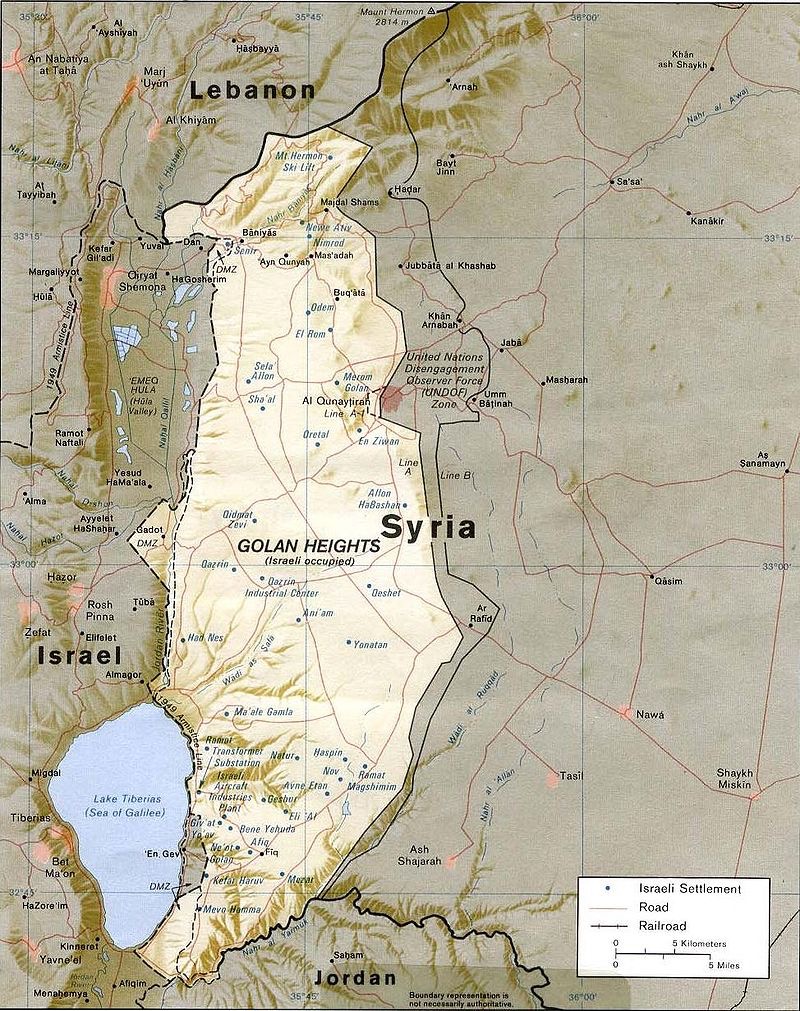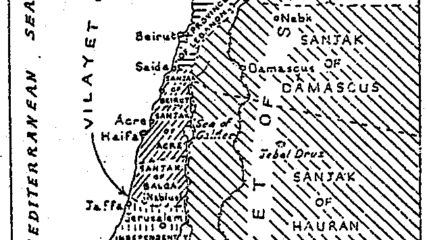Before Israel’s establishment, Zionists in Palestine had contacts with Lebanese and Syrian officials, seeking information about anti-Zionist attitudes and understanding of these Arab states’ military capabilities against Israel’s establishment and survival. Since 1949 and the signing of armistice agreements with the two countries, the cease-fire lines have frayed.
Israel seized Syria’s Golan Heights in 1967, repelled Damascus in 1973, annexed the Heights in 1981, and has continued airstrikes during and after Syria’s civil war, even amid tentative 2025 security talks.
Lebanon saw Israeli raids against Palestinian guerrillas in the 1960s and 1970s, a full invasion in 1982, occupation of a “security zone” until 2000, the 2006 war with Hezbollah, and persistent cross-border exchanges, including clashes sparked by Hamas’ 2023 attack.
The decapitation of the Hezbollah insurgency in Lebanon and the fall of the Assad regime in Syria, both in 2024, have offered a glimpse of potential diplomatic openings through the United Nations, the United States, Saudi Arabia and Turkey.
Lebanon and Israel signed a maritime agreement in 2022. Outstanding issues remain the disposition of Palestinians in Lebanese and Syrian refugee camps, especially the arms held by some of them; whether outside parties such as Iran, Turkey and Russia will seek to undermine brokered relations between Israel and its two northern neighbors; and whether Syria, which historically has considered Lebanon as part of its geographic domain, will allow the Lebanese government to formulate an independent foreign policy.
The notion of Lebanon, Jordan and Palestine as part of greater Syria has been part of Syrian national and ideological identity for centuries and was deeply promoted by President Hafez al-Assad from 1970 forward. Israel’s political interest in Syria includes the well-being of religious and ethnic minority populations, especially the Druze, and the threat of Syrian land being used by foreign forces to undermine Israeli security.









